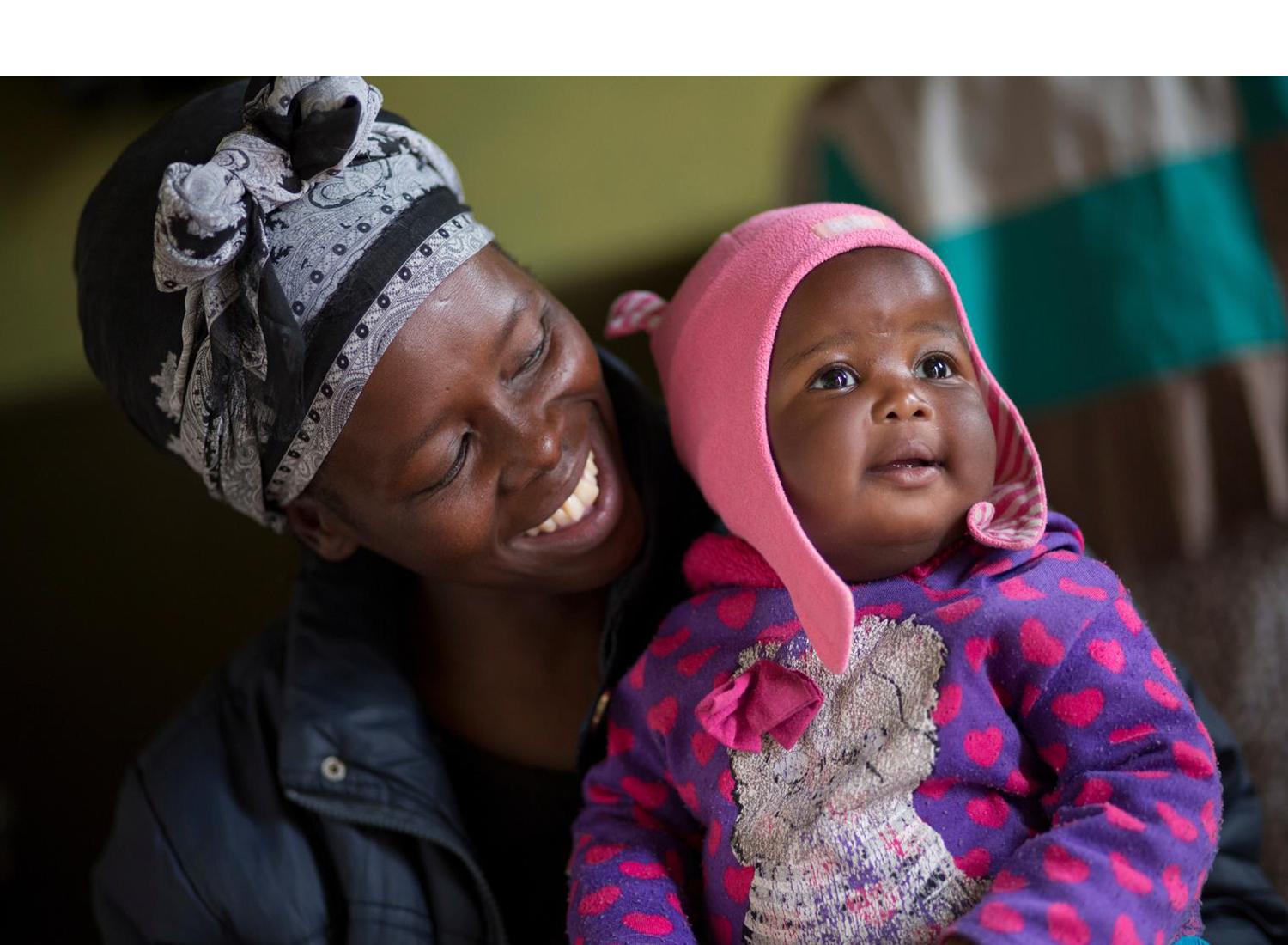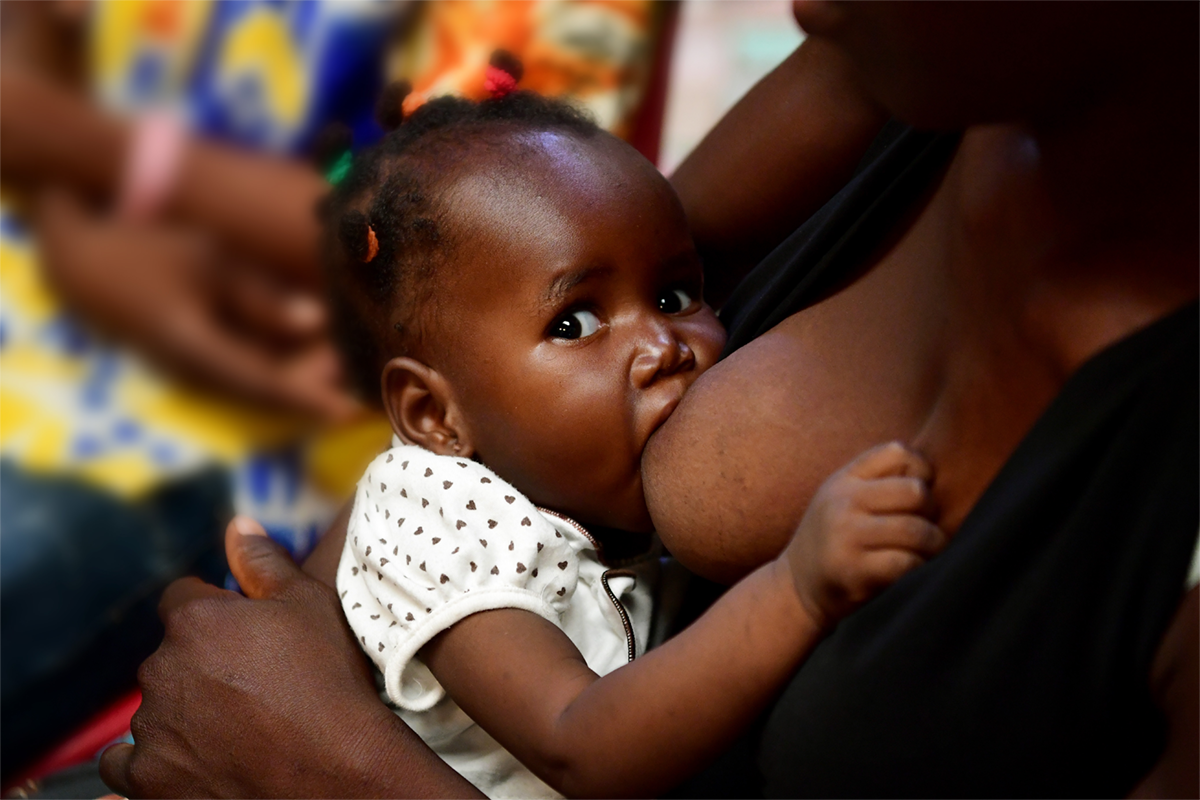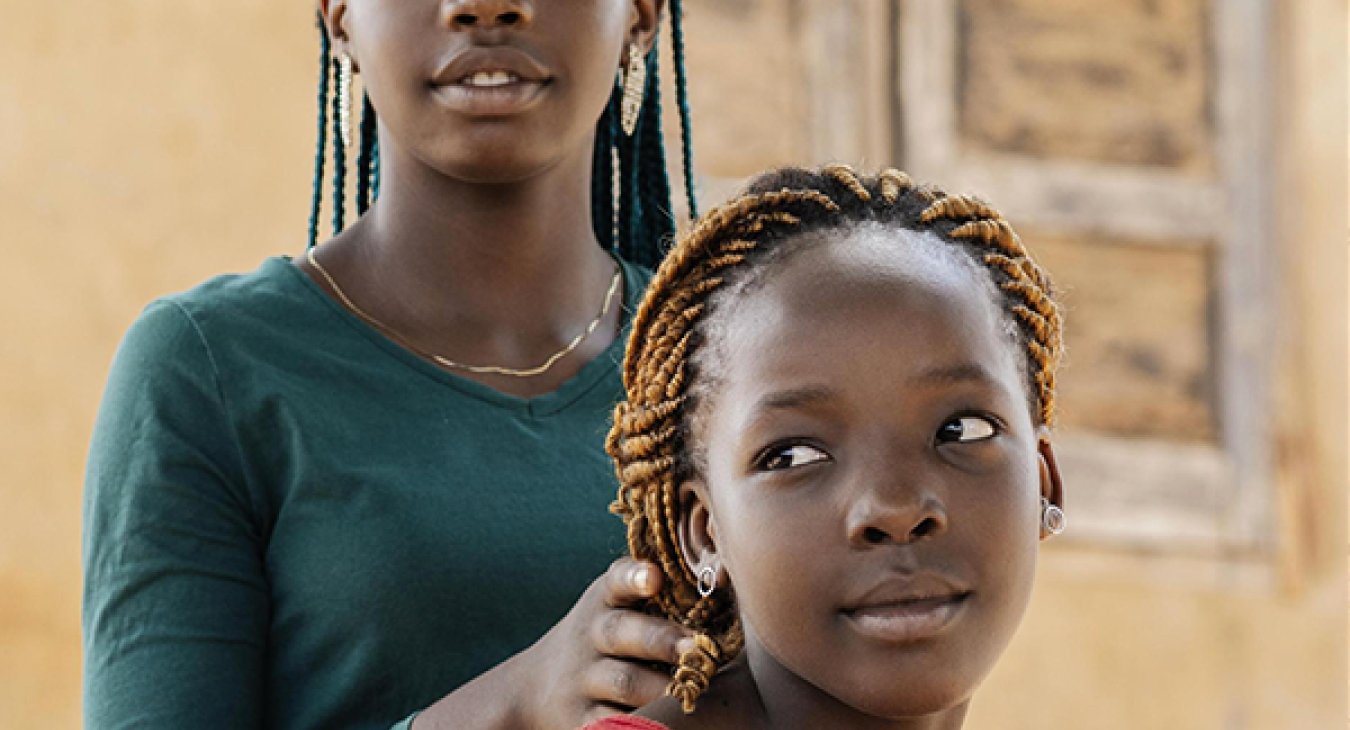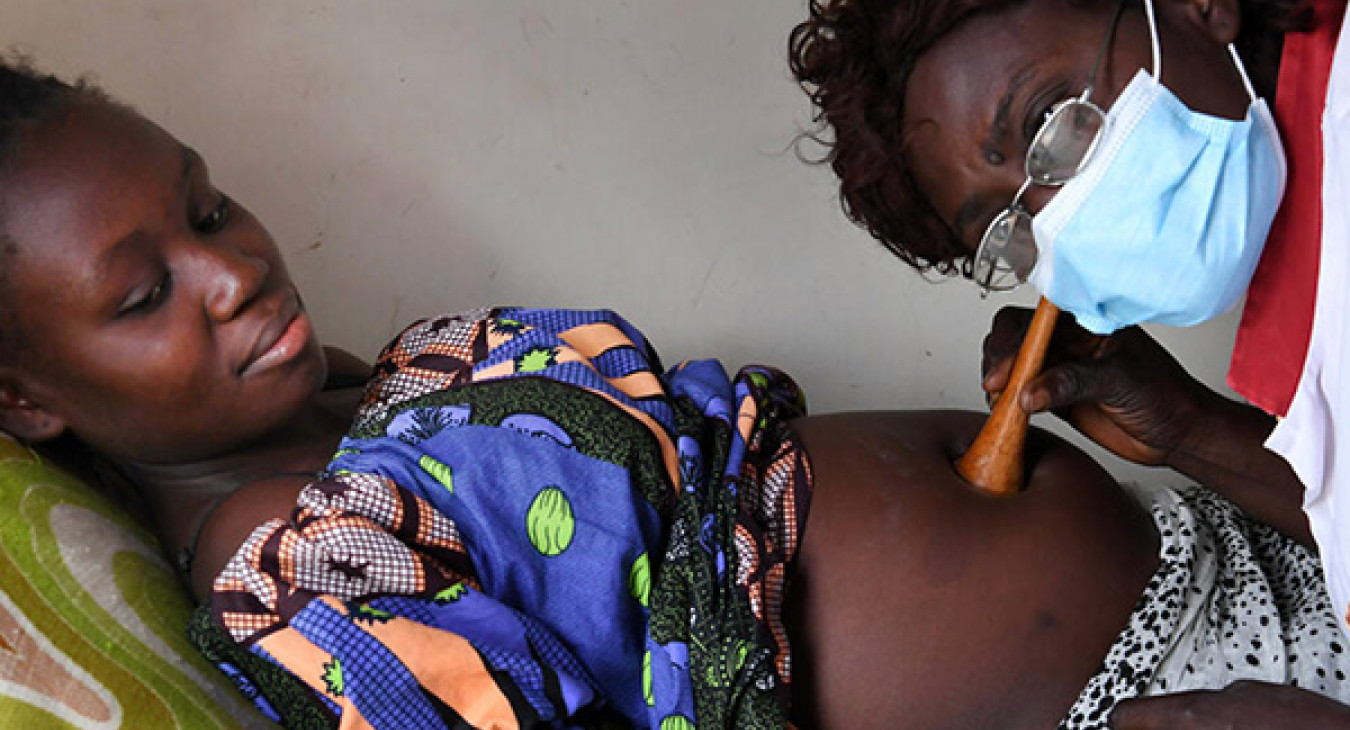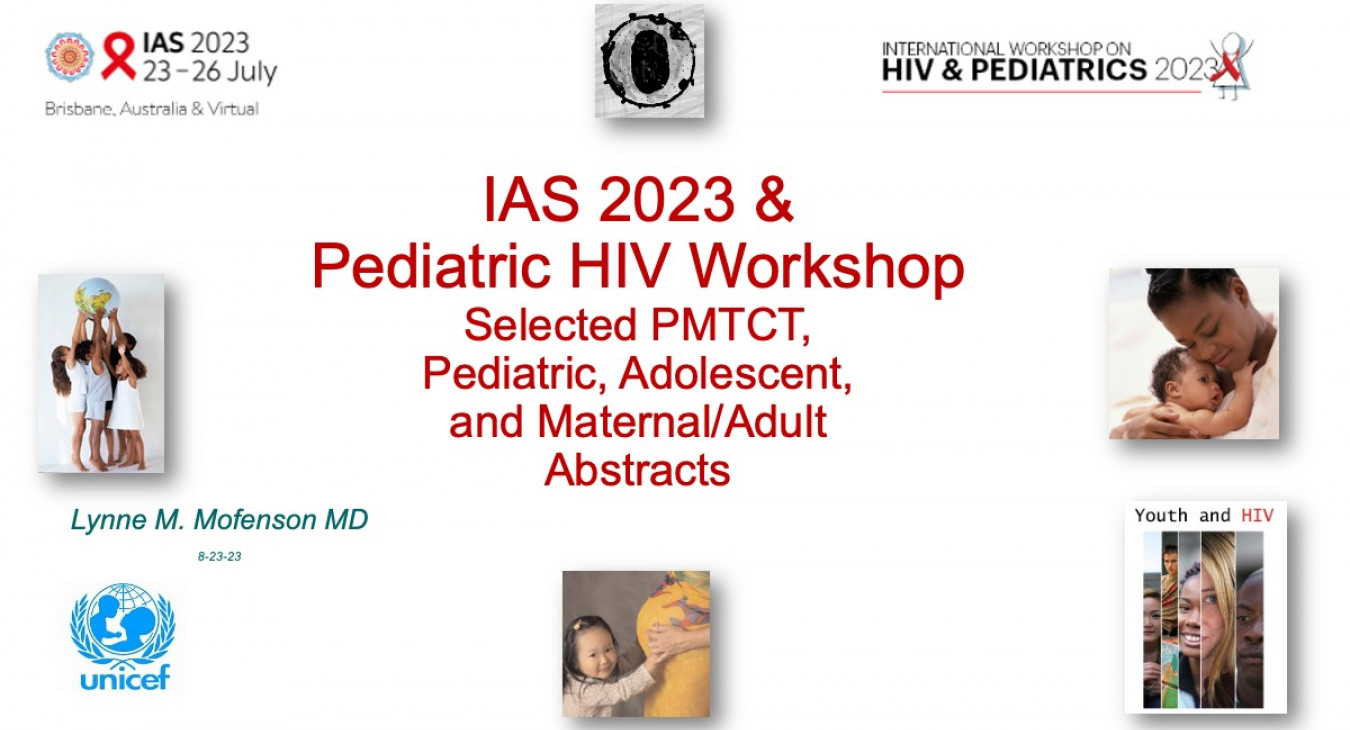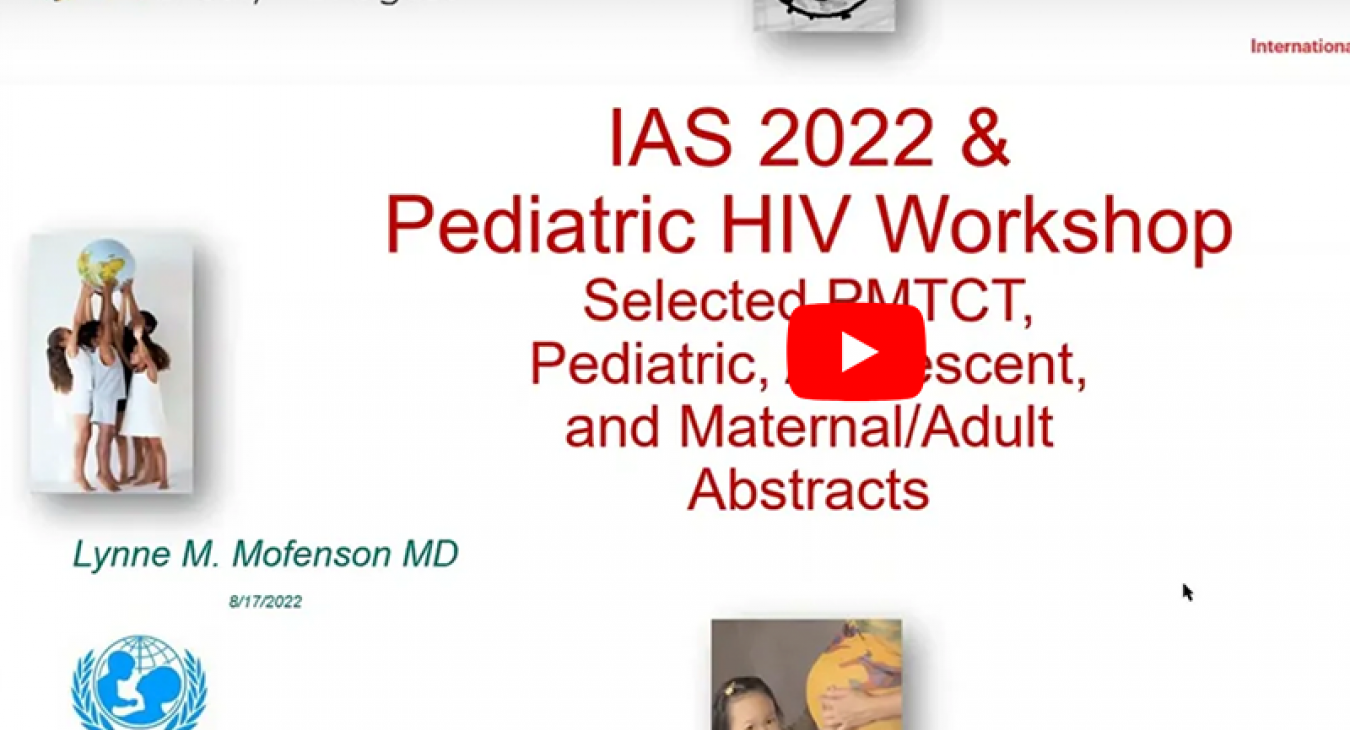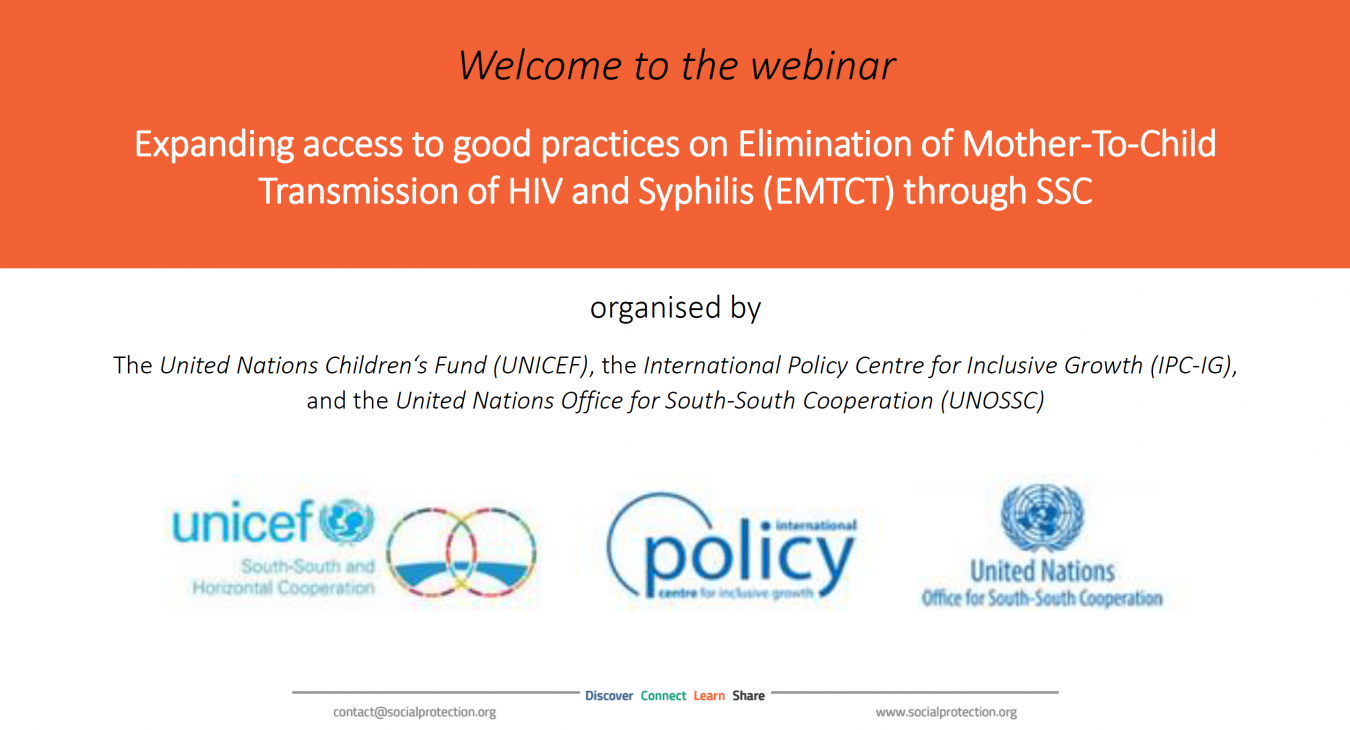Prevention of Vertical Transmission of HIV
It is critical that women living with HIV have ready access to services geared toward stopping the transmission of HIV to their children during pregnancy, delivery, and breastfeeding. Connecting mothers and their children to continued support, testing, retesting, and treatment services during these times lies at the core of prevention and elimination of mother-to-child transmission of HIV (P/EMTCT) programming.
Over the course of nearly two decades, the global HIV epidemic in children has demonstrated dramatic progress on the programmatic front. Since the launch of PMTCT programmes, 1.2 million deaths and 2.5 million HIV infections have been averted among children. This is largely owing to increased access to PMTCT-related services, and an increase in the number of pregnant women living with HIV being initiated on lifelong antiretroviral medicines.
While the goals of EMTCT have finally come within reach, it is not enough to get close or stay there. To reach the last mile to EMTCT, significant disparities in treatment coverage between children and pregnant women need to be addressed urgently. Globally, children living with HIV are less likely than pregnant women to receive treatment (54 per cent compared to 85 per cent in 2020, respectively). As such, closing the treatment coverage gap requires programmes to employ broad service delivery strategies that will reach the remaining 46 per cent of children, and more targeted approaches to get to the remaining 15 per cent of pregnant women. Moreover, low- and middle-income countries are laden with inequalities, further challenging progress toward targets. These priority countries will require programmes that help to strengthen the capacity of their health systems, to thus keep PMTCT effort on track to achieve EMTCT.
This page features resources that will help to accelerate treatment for pregnant and breastfeeding women living with HIV, and drive faster, and further progress.

This document provides a road map to achieving EMTCT by drawing on the latest research and programmatic evidence to recommend guidelines for coordinated action. Conceptualised by UNICEF, WHO, UNAIDS and other partners, the strategies can help improve treatment coverage, and the effectiveness and quality of national PMTCT programmes.

The processes and criteria to validate EMTCT of HIV and/or syphilis and hepatitis B described in this WHO global guidance were developed to apply a standard approach across a wide range of epidemiological and programmatic contexts. They also seek to ensure that representatives of civil society, including women living with HIV, are involved in the validation effort. The "Orange Book" further defines an approach and criteria for countries on the Path to Elimination.

This governance guidance provides a basic overview of the national, regional and global validation structures and processes needed to assess countries for achieving the criteria required for WHO to validate achievement of EMTCT of HIV and syphilis and the Pathway to Elimination (PTE). The guidance further describes the standardized methods for country programme review and validation of EMTCT of HIV and syphilis and PTE at all levels.

